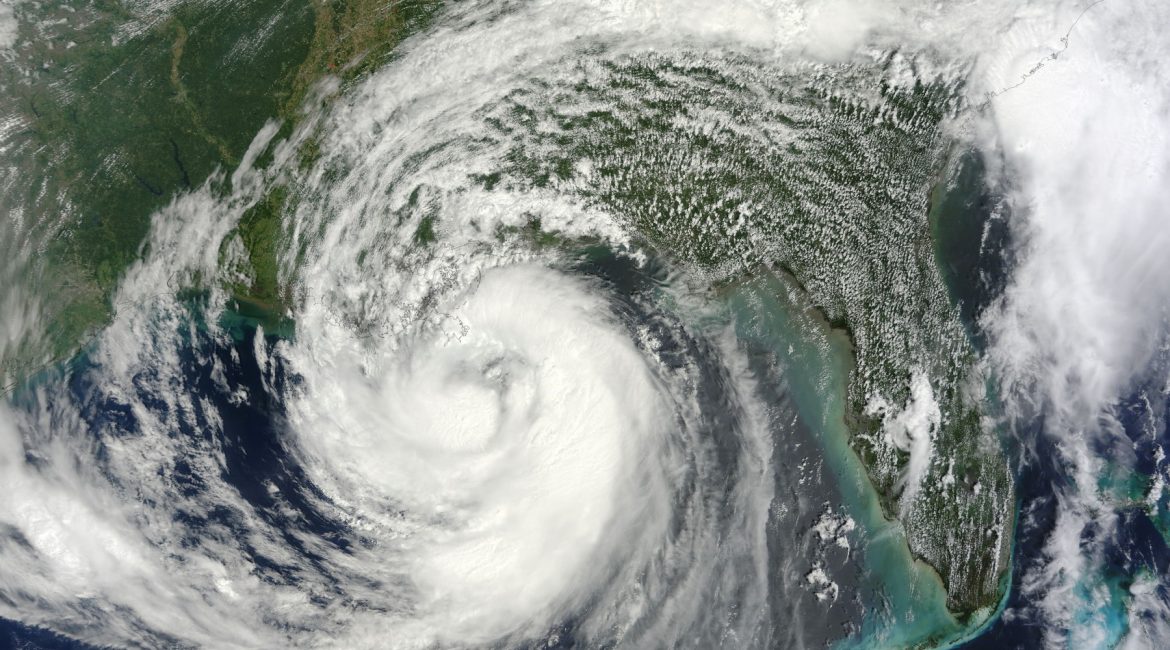Jan 13, 2023 (Nanowerk News) Combining satellite technology with machine learning may allow scientists to better track and prepare for climate-induced natural hazards, according to research presented last month at the annual meeting of the American Geophysical Union. Over the last few decades, rising global temperatures have caused many natural...
Atoms of a glass jump similarly to cosmic particles
Jan 13, 2023 (Nanowerk News) For thousands of years, people around the world have experimented with different ways to make glasses with varying properties by heating them until they melt then cooling them again. A team led by scientists at the University of Padua in Italy have used DESY’s PETRA...
Researchers develop fluidic memristor with diverse neuromorphic functions
Jan 13, 2023 (Nanowerk News) Neuromorphic devices have attracted increasing attention because of their potential applications in neuromorphic computing, intelligence sensing, brain-machine interfaces and neuroprosthetics. However, most of the neuromorphic functions realized are based on the mimic of electric pulses with solid state devices. Mimicking the functions of chemical synapses, especially neurotransmitter-related...
Can floating solar islands meet the world’s future energy needs?
Jan 13, 2023 (Nanowerk News) Trygve Kristiansen is researching floating solar power, which are photovoltaics supported on the water. He believes that floating solar panels could play an important global role in the green shift. He is a professor of marine technology at the Norwegian University of Science and Technology...
A star’s unexpected survival
Jan 14, 2023 (Nanowerk News) Hundreds of millions of light-years away in a distant galaxy, a star orbiting a supermassive black hole is being violently ripped apart under the black hole’s immense gravitational pull. As the star is shredded, its remnants are transformed into a stream of debris that rains...
Building better enzymes – by breaking them down
Jan 14, 2023 (Nanowerk News) Enzymes have the potential to transform the chemical industry by providing green alternatives to a slew of processes. These proteins act as biological catalysts, and with the help of molecular engineering, they can make naturally occurring reactions shift into turbo mode. Tailor-made enzymes could, for...
Integrated photonic circuits could help close the ‘terahertz gap’
Jan 14, 2023 (Nanowerk News) Researchers led by Cristina Benea-Chelmus in the Laboratory of Hybrid Photonics (HYLAB) in EPFL’s School of Engineering have taken a big step toward successfully exploiting the so-called terahertz gap, which lies between about 300-30,000 gigahertz (0.3 to 30 THz) on the electromagnetic spectrum. This range...
AI discovers new nanostructures
Jan 14, 2023 (Nanowerk News) Scientists at the U.S. Department of Energy’s (DOE) Brookhaven National Laboratory have successfully demonstrated that autonomous methods can discover new materials. The artificial intelligence (AI)-driven technique led to the discovery of three new nanostructures, including a first-of-its-kind nanoscale “ladder.” The research was published in Science...
Enzymes from bacteria and fungi break down plastic
Jan 13, 2023 (Nanowerk News) Plastic is useful but also poses an environmental problem. Scientists are now using enzymes from bacteria and fungi to break down plastic (bioRxiv, "Biochemical characterization and NMR study of a PET-hydrolyzing cutinase from Fusarium solani pisi"). Every year, the world produces 380 million tonnes of...
Chemists cook up a brand-new kind of nanomaterial
Jan 13, 2023 (Nanowerk News) There’s a new nanomaterial on the block. University of Oregon chemists have found a way to make carbon-based molecules with a unique structural feature: interlocking rings. Like other nanomaterials, these linked-together molecules have interesting properties that can be “tuned” by changing their size and chemical...










